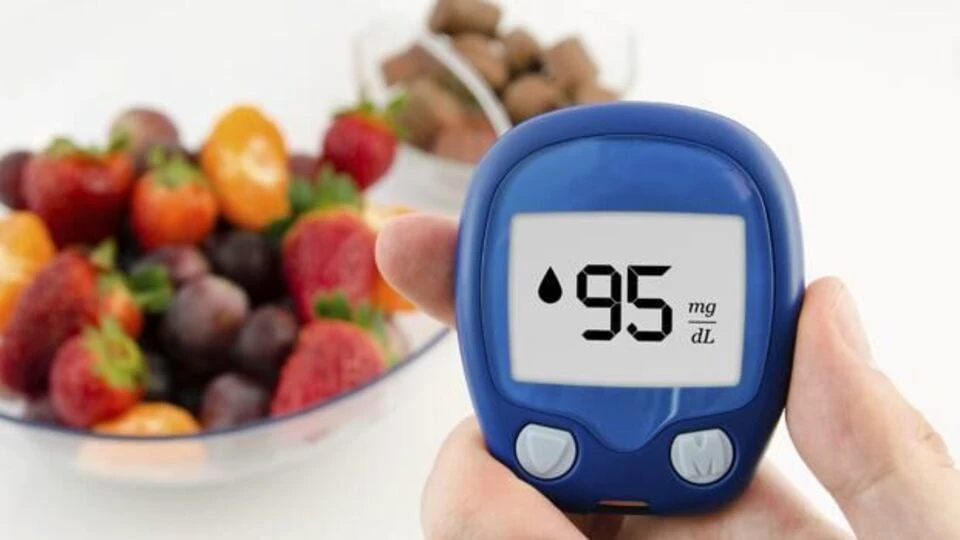Managing blood sugar levels can be challenging, especially for people with diabetes. Food labels often contain complicated terms and numerous numbers, which can be confusing rather than helpful.
Along with medications and lifestyle modifications, a balanced diet is for maintaining stable blood sugar levels.
“But what if I told you that some of the most effective tools for managing your blood sugar are found right in your pantry? As a nutritionist, I’ve spent years working with clients to discover the power of whole foods. Today, I want to share with you seven ‘whole foods’ that can work wonders for your blood sugar control and overall diabetes care”, Sonal Chandalia, Nutritionist, Jaslok Hospital and Research Centre, tells Health Shots.
What are the best foods to eat to control blood sugar?
Nutritionist shares some healthy foods that can help manage blood sugar levels effectively:
1. Whole-grain cereals
When we think about cereals, we often picture highly processed breakfast foods that have more sugar than nutrition. However, whole-grain cereals, such as oats, barley, and brown rice, are important for a diet that supports diabetes management. These grains have a low glycemic index, which means they release sugar into the bloodstream slowly. This slow-release formula helps prevent blood sugar spikes that can occur with refined grains.
Nutritionist tip: Choose products that say “100% whole grain” or “whole grain” as the first ingredient. Cook oats most mornings for a healthy and filling breakfast.
2. Millets
Millets, such as jowar, bajra, and ragi, are nutritious grains that people often overlook. They have a low glycemic index and are high in fibre and important vitamins. This helps with digestion and maintains steady energy levels, which may help reduce cravings throughout the day. Additionally, millets are gluten-free, making them a good choice for those with wheat sensitivities.
Nutritionist’s preparation idea: Try a delicious millet porridge for breakfast. Top it with seeds and nuts, or use it in salads.
3. Green leafy vegetables
Green leafy vegetables should be a central part of your meals. Foods like spinach, kale, and collard greens are excellent choices for managing blood sugar levels. They are rich in antioxidants, fibre, and important nutrients. These vegetables help regulate blood sugar levels and support overall health.
Nutritionist’s serving suggestion: Add a good amount of greens to your lunch or dinner. You can include them in salads, smoothies, or sauté them as a side dish.
4. Whole pulses and dals
Pulses, such as lentils, chickpeas, and beans, are excellent sources of plant-based protein and fibre. They help reduce blood sugar spikes when added to meals. Combining them with whole-grain cereals, such as dal with brown rice or chickpea salad with quinoa, creates a balanced meal. This helps maintain steady blood sugar levels.
Nutritionist’s quick tip: Make large batches of lentil or chickpea salads. Keep them on hand for quick meals or snacks. They taste good and help you avoid processed foods on busy days.
5. Lean protein foods
Don’t underestimate the importance of lean proteins in your diet. Foods like chicken breast, fish, and egg whites give your body nutrients with less fat, which can help you avoid weight gain. This is especially important for people managing diabetes. Eating proteins also enables you to feel full longer, which can help you control your portion sizes throughout the day.
Nutritionist’s meal idea: Enjoy grilled fish with roasted vegetables on the side, or try a hearty chicken salad filled with colourful veggies.
6. Nuts
Nuts are considered a superfood because they contain healthy fats, protein, and a variety of vitamins and minerals. Almonds, walnuts, and pistachios make great snacks that help keep blood sugar levels steady when eaten in moderation. They are perfect for you because they are high in fibre, which slows down digestion.
Nutritionist’s snack idea: Keep a small amount of mixed nuts nearby for a quick energy boost. Remember to eat them in moderation!
7. Bright fruits
You can enjoy fruits without worrying about high blood sugar levels. Fruits are sweet and provide important vitamins. Focus on fruits with lower glycemic indexes, like berries, apples, and pears. These fruits satisfy your cravings and also supply antioxidants that are good for your health.
Nutritionist’s creative idea: Make a colourful fruit salad for an afternoon snack. Top it with a sprinkle of cinnamon. This snack may feel indulgent, but it’s packed with nutrients.
How to create a balanced plate?
Adding these seven whole foods to your diet can help you manage your blood sugar levels. It’s important to not only focus on the individual foods but also on how you combine them. “Pairing whole grains with proteins and healthy fats creates balanced meals”, says the expert. This keeps you feeling energised without worrying about blood sugar spikes.
Why is it important to understand food choices?
It is important to consider your food choices carefully. This includes not just what you eat, but how you eat. “Pay attention to portion sizes and notice when your body starts to feel hungry”, shares the expert. Eating smaller meals more often can help keep your energy levels and blood sugar steady.
